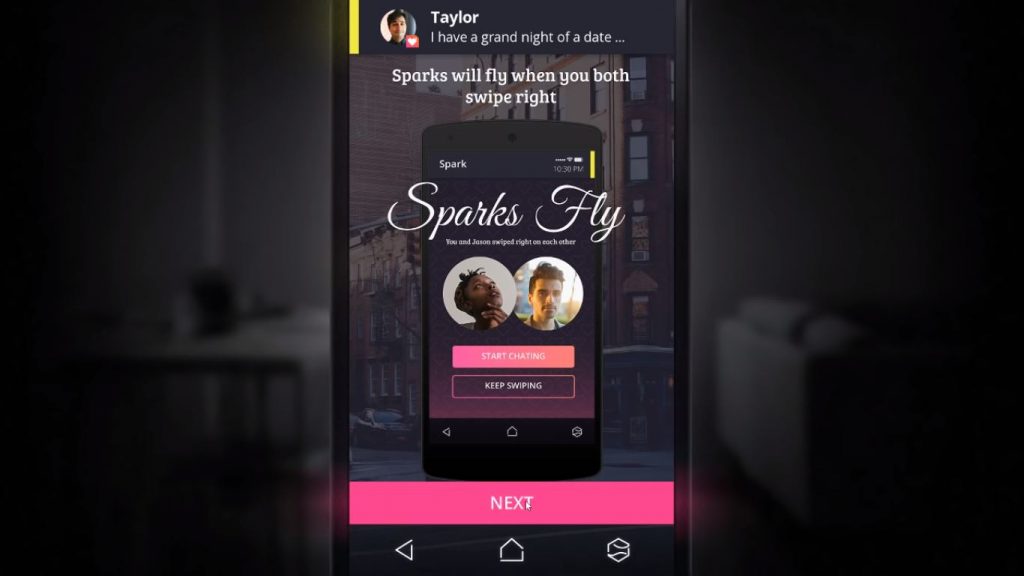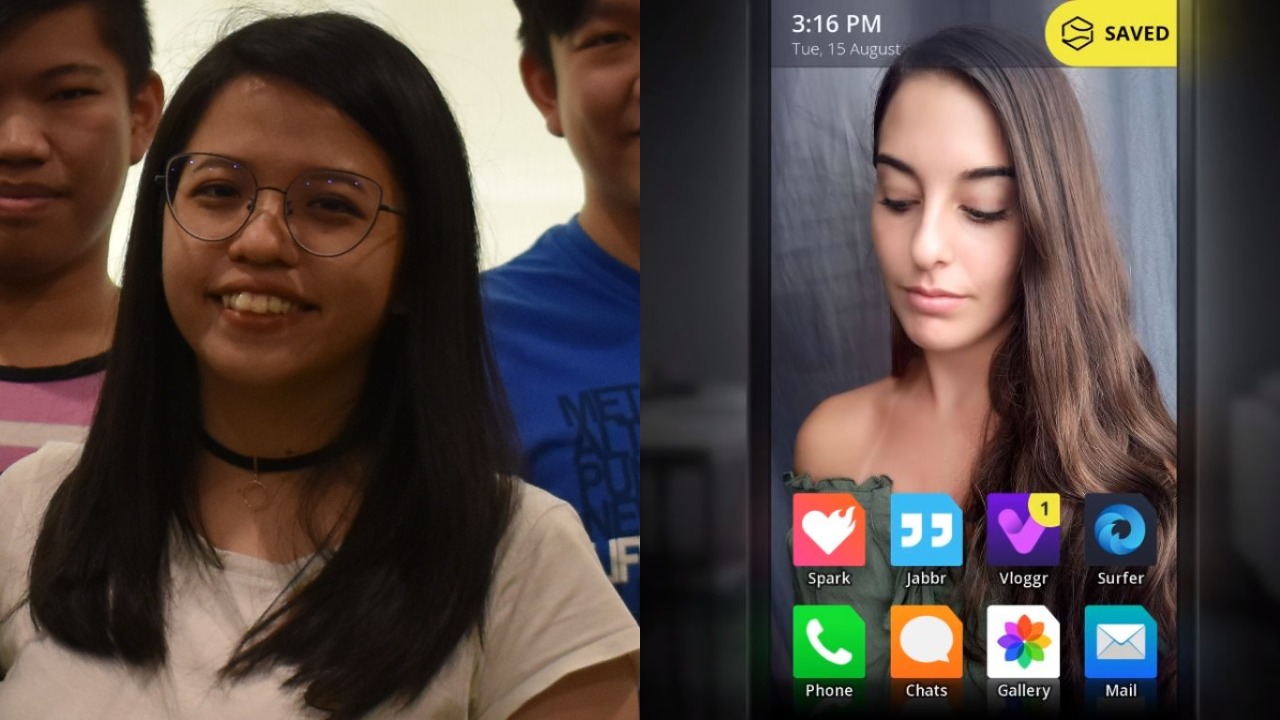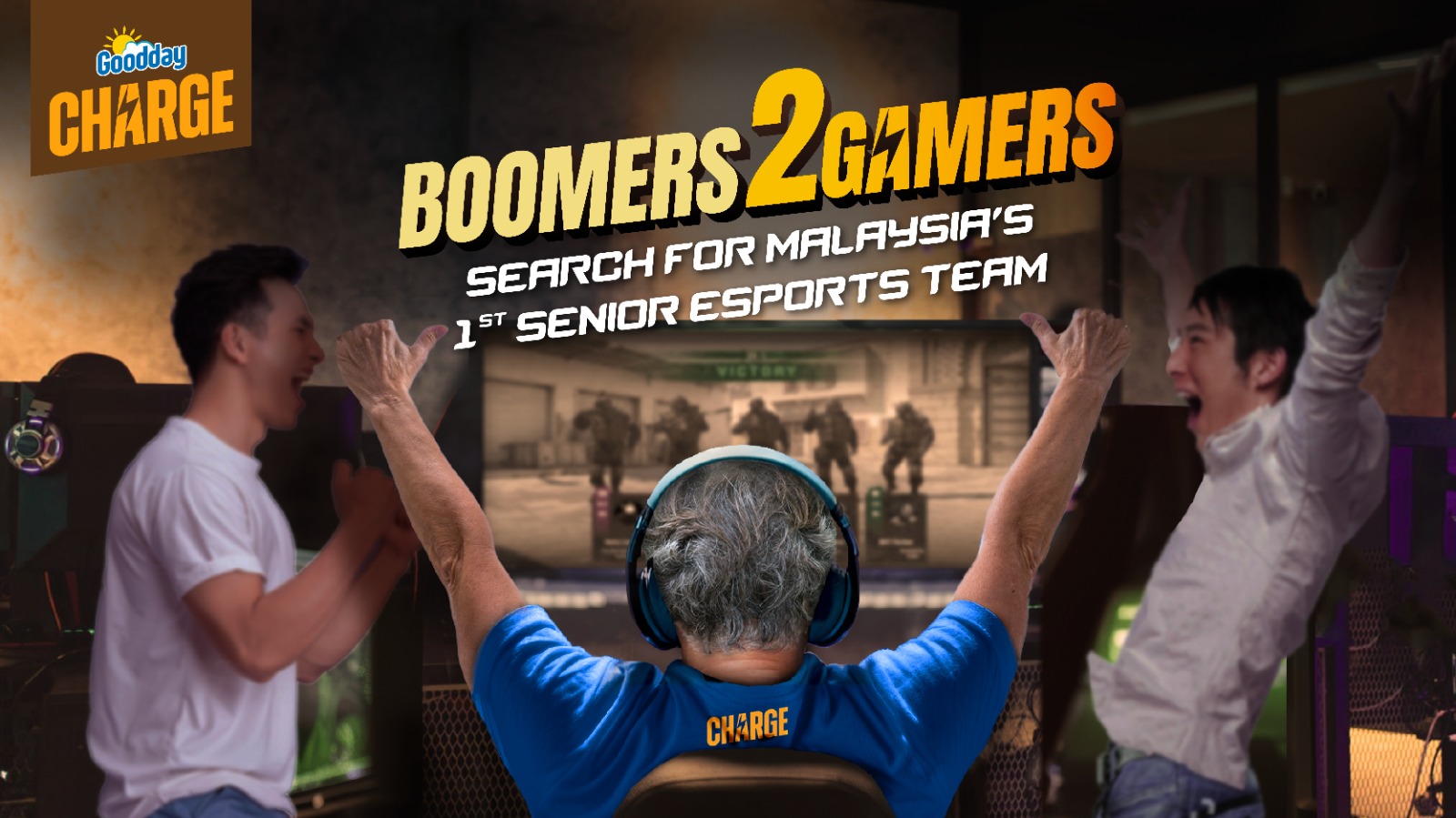When you play video games, user interface design or UI is something that you cannot miss but it’s often overlooked by many people. For example, the UI in Apex Legends is highly praised especially for its ping system, which is a subtle yet important move that improves the overall battle royale gameplay.
UI artist is the person who creates a game’s interface that players will always interact and read on the screen such as the main menu, level progression, skill customization and many more. Lee Ying Foo is a UI artist who is known for her work in SIMULACRA developed by one of Malaysia’s game studio, Kaigan Games.
MyGameOn got a chance to sit down and talk with Lee Ying about her career as a UI artist, her experience in creating the user interface for the critically acclaimed horror mobile game, and her advice to venture as an artist in the games industry.
Breaking the stereotype

Lee Ying Foo
Lee Ying is a self-taught artist before she began her career as an artist in Malaysia. “I always love drawing as a kid but it was never encouraged due to the whole ‘starving artist’ stereotype and misconception.
“I only realized I wanted to be an artist after I did my pre-university. I wasn’t happy doing something conventional like learning math, physics, etc., and I didn’t like any of them. During class, I just doodled a lot. I decided I shouldn’t be heading to this path,” she expressed.
Despite the discouragement, she combined her love for art and video games by taking game development course in KDU where she graduated as a game art major circa 2014.
When asked the main reason behind creating art for video games, Lee Ying said, “Video games is one of the best ways to tell a story narratively. For a movie, people watch it for 2 hours but they experience it from a different perspective. For me, making art for video games is like making an entirely new world that people can explore and step into.”
Landing the first job as an artist in Malaysian video games industry
After she graduated from KDU with flying colours, she started her career in the games industry as an intern in AppAsia based on her lecturer’s recommendation. During her internship, she got a chance to work together with Jeremy Ooi who is a game designer at Kaigan Games and now her colleague for a few months before she left AppAsia.
Despite her brief stint of creating art assets for mobile games, she was still uncertain about her future. “During that period of time, I didn’t know if I want to be an artist because I was unsure about how I wanted to move on forward into the future,” she said. Few years forward, she reconnected with Jeremy during Level Up KL 2016, which is an annual conference for Southeast Asia game developers in Kuala Lumpur.
She recollected getting her first job in video games, “At that time, Jeremy was with his two colleagues, CEO of Kaigan Games Shahrizar Roslan and lead game developer Shahazmi Roslan who just made Sara is Missing. They told me that they were looking for an artist for a new project. That’s when I apply and got in.”
Creating the in-game “app” for SIMULACRA

Lee Ying’s favourite in-game app in SIMULACRA is Sparks, which resembles the dating app Tinder
In Kaigan Games, she took on a diverse artistic portfolio. “Although my job scope is pretty wide, my work mainly revolves around UI (user interface)/UX (user experience). UX is concerned with how a product would work while UI is the thing that can communicate visually to players.
“For SIMULACRA, when I get a task to design an in-game “app”, I would need to know what the app is and what kind of cue it’s supposed to be telling the player and I design it visually based on that. Besides, I also do the video editing mostly on the glitchy and jumpscares effects too,” she explained.
SIMULACRA is the spiritual successor of Sara is Missing, which features a modified yet eerily similar design to a real smartphone along with the various in-game apps based on the popular mobile applications such as dating apps, social media apps and others.
To recreate the apps in SIMULACRA, she found her inspirations by looking into the differences between Android and iOS’s user interface designs. “iPhone has their own way in doing apps while certain Android phones have their own interface. Most of the time, I focus app on app. For example, I need to do an email app right now.
“So, I researched the various interface that people use in email. Sometimes, I will also combine my knowledge of an email app with other people’s feedback in creating the app to see how it flows whether it will make sense or not,” she said.
Getting started as a UI artist for games in Malaysia

At her desk working on a sequel, SIMULACRA 2
If you’re wondering to launch a career as a game artist in Malaysia, she shared that the road may not be the same as hers. “A lot of UI artists I know, including myself, are self-taught. We don’t study UI and come as UI artist. A lot of us stumble in being UI artist but I do know a few people who study to become a UI artist,” said Lee Ying.
“If you do have the interest to do UI in games, you should do research first. For UI, you should play games with good UI to understand how they did it so well. You also need to play games with bad UI too in order to know what went wrong and what to learn from them. Another thing you can do is to make prototypes. Let’s say if you have a UI idea such as a flow from a main menu to an inventory, you should make a prototype,” she added.
According to her, UI is also code-dependant to make it work in the game engine. If coding isn’t your forte, she recommended building the flow of the prototype using animation software such as Adobe After Effects.
In the last few years, Lee Ying observed tremendous growth in the local games industry in terms of wide coverage and new talents brought into the industry every year. She offered her advice to aspiring game developers, “The most important thing that I’ve learned from my time in the industry and my colleagues is that everyone appreciates good work ethics. You will have the whole time in the world to be a great artist and master your craft.
“However, being a good artist can be trained but having good work ethics isn’t. No one would hire if you don’t know how to work well with other people.”
—
Calling all women, women identifying and underrepresented folks!
Women in Games Hangout (WiGout) is a community hangout for women in games based in Kuala Lumpur to provide a safe and inclusive space where people can discuss their challenges within the industry, give support and learn from one another.
Come and join the first-ever WiGout on this Friday, 3 May 2019 at Level Up Inc in Komune, Bangsar South. For more information, check out the event’s page on Facebook and Twitter.



 4 bulan yang lepas
4 bulan yang lepas